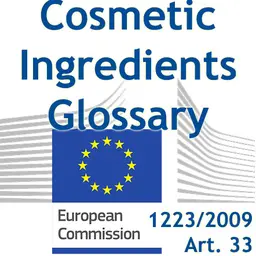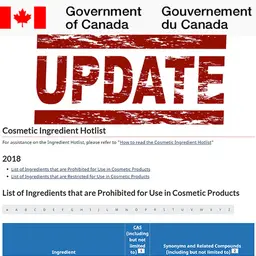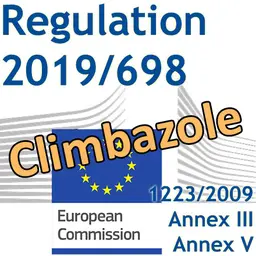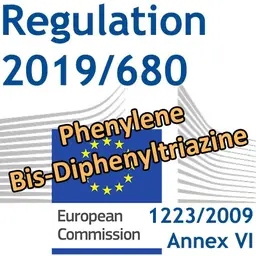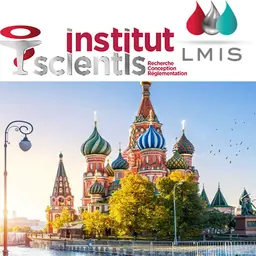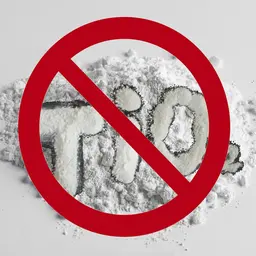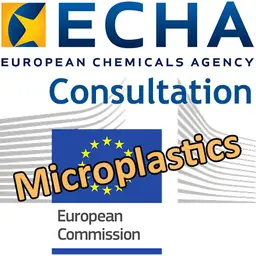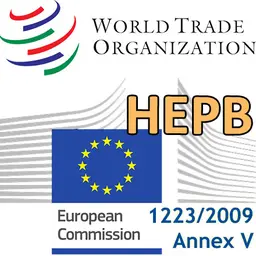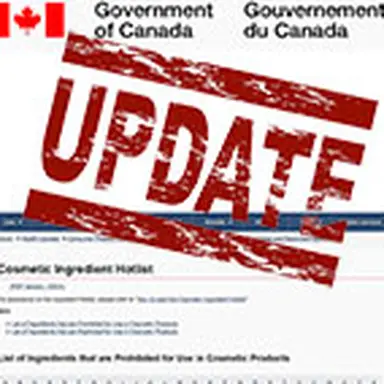
On November 8, 2017, Health Canada opened a consultation on several updates of the Cosmetic Ingredient Hotlist. In the scope: an alignment with European regulations for maximum concentrations of colourant CI 12085, MI and MIT; the ban of an antimicrobial agent and of rosebay's derivatives. The consultation is opened until January 7, 2018.
The Cosmetic Ingredient Hotlist is an administrative tool that Health Canada uses to communicate to manufacturers and others that certain substances, when present in a cosmetic, may contravene the general prohibition found in the Food and Drugs Act or a provision of the Cosmetic Regulations.
Proposed updates to this list are put forward on the basis of on evidence obtained by a review of recognized scientific journals and/or opinions and decisions made by national and international experts.
The last update to the Hotlist was made in December 2015.
Proposed prohibitions
Antimicrobial agent Chloramine T et related compounds (CAS: 127-65-1; 7080-50-4; 144-86-5)
A revision is being considered to add related compounds to the entry Chloramine T. The additional compounds are expected to convert to Chloramine T in solution. Exposure to Chloramine T can result in asthma, sensitization and allergy development. These compounds are currently described as prohibited under the 'Sulfonamides' entry.
In Europe, Chloramine T is regulated by entry 5 of 'Annex III of the Cosmetics Regulation, with an allowed maximum concentration of 0.2%.
Oleandrin, rosebay and derivatives (CAS: 465-16-7; 84929-39-5)
A revision is being considered to expand the entry Oleandrin to Nerium oleander, its extracts and glycosides. All parts of …

